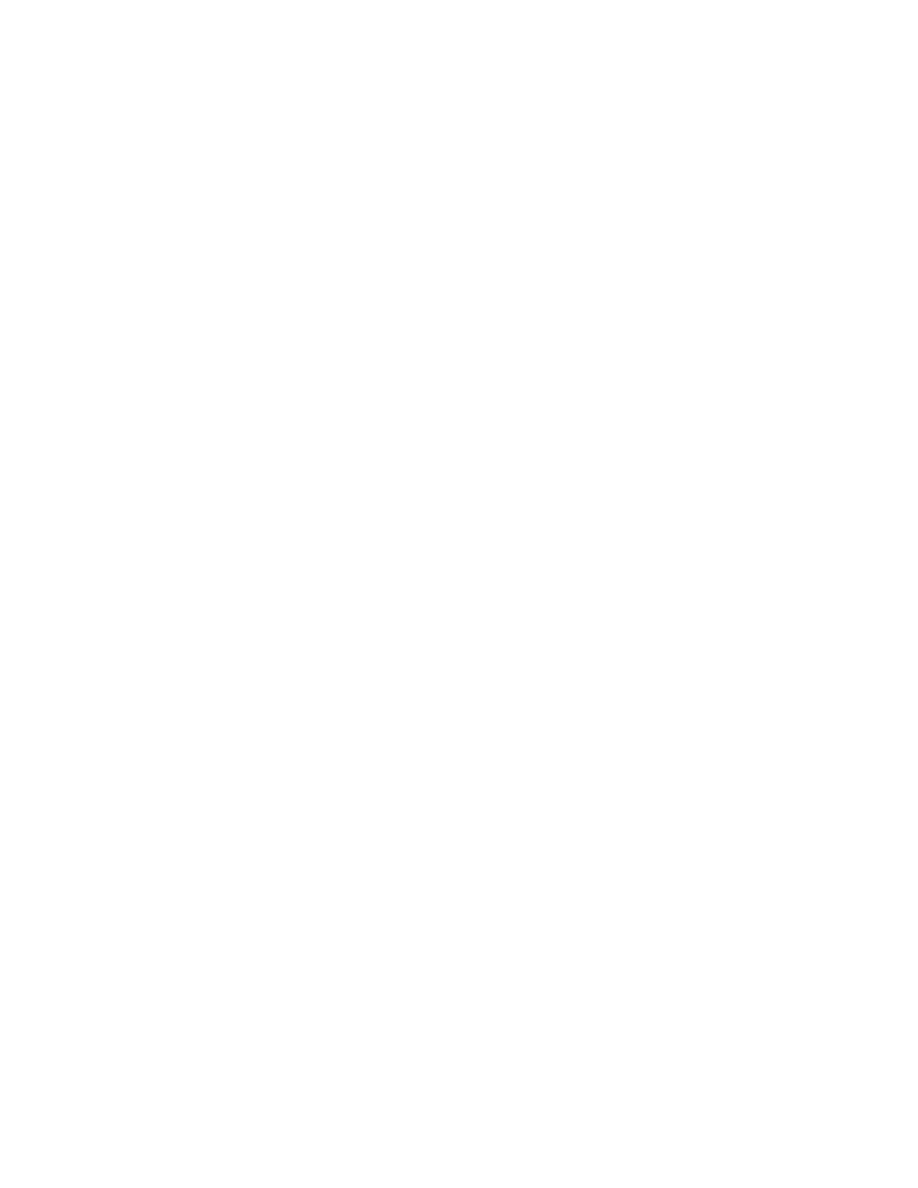Silverado 2500 4WD V8-8.1L VIN G (2006)

Drive Belt: Testing and Inspection
Drive Belt Chirping Diagnosis
Drive Belt Chirping Diagnosis
Diagnostic Aids
The chirping noise may be intermittent due to moisture on the drive belt(s) or the accessory drive pulley(s). In order to duplicate the customers
concern, it may be necessary to spray a small amount of water onto the drive belt(s). If spraying water onto the drive belt(s) duplicates the symptom,
cleaning the accessory drive pulley(s) may be the most probable solution.
A loose or improper installation of a body or suspension component, or other item(s) on the vehicle may also cause the chirping noise.
Test Description
The number(s) below refer to the step(s) in the diagnostic table.
2. The chirping noise may not be engine related. This step is to verify that the engine is making the noise. If the engine is not making the noise do not
proceed further with this table.
3. The noise may be an internal engine noise. Remove the drive belt(s) and operate the engine for a few seconds, this will verify if the chirping noise
is related to the drive belt(s) or not. With the drive belt(s) removed the water pump will not operate and the engine may overheat. Also diagnostic
trouble codes (DTC's) may set when the engine is operated with the drive belt(s) removed.
4. Inspect all drive belt(s) for signs of pilling. Pilling is the small balls, pills or strings in the drive belt grooves caused from the accumulation of
rubber dust.
6. Misalignment of the accessory drive pulley(s) may be caused from improper mounting or incorrect installation of an accessory drive component,
or the pulley may be bent inward or outward from a previous repair. Test for a misaligned accessory drive pulley using a straight edge in the pulley
grooves across two or three pulleys. If a misaligned pulley is found, refer to that accessory drive component for the proper removal and installation
procedure for that pulley.
10. Inspection of the fasteners can eliminate the possibility that a incorrect bolt, nut, spacer, or washer was installed.
12. Inspection of the accessory drive pulley(s) should include inspecting for bends, dents or other damage to the pulley(s) that would prevent the drive
belt(s) from not seating properly in the pulley grooves or on the smooth surface of the pulley when the back side of the drive belt is used to drive
the pulley.
14. Replacing the drive belt(s) when it is not damaged or there is not excessive pilling will only be a temporary repair.
